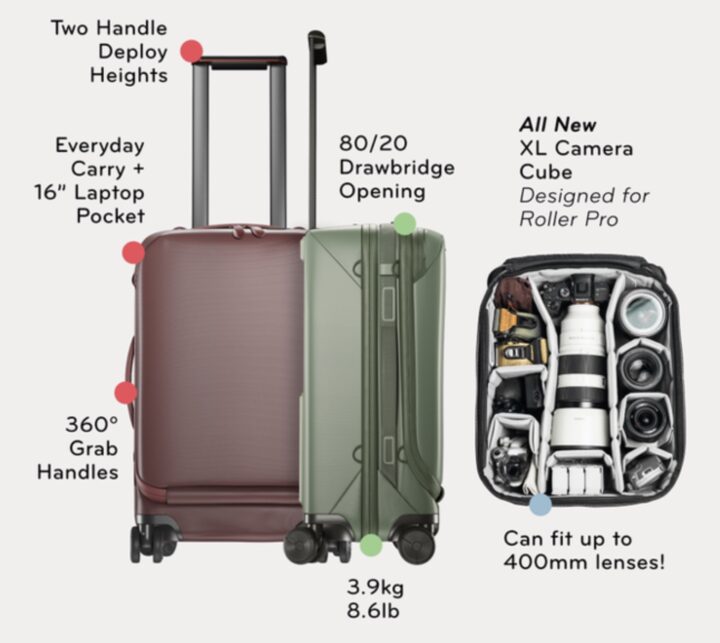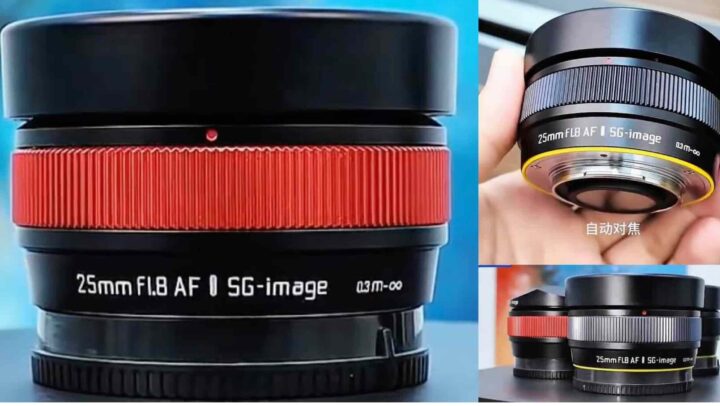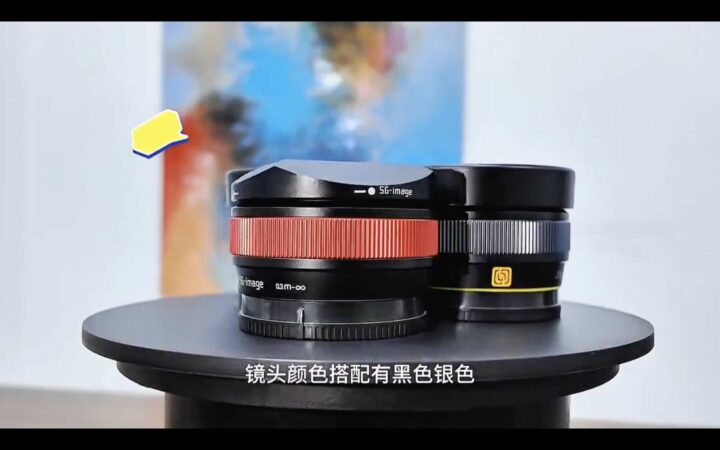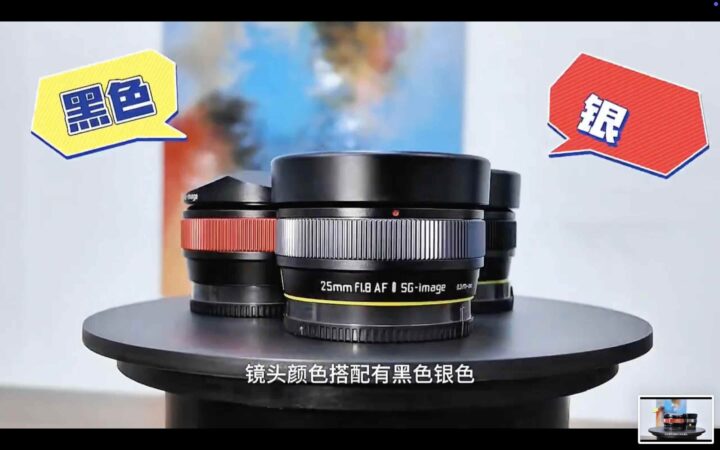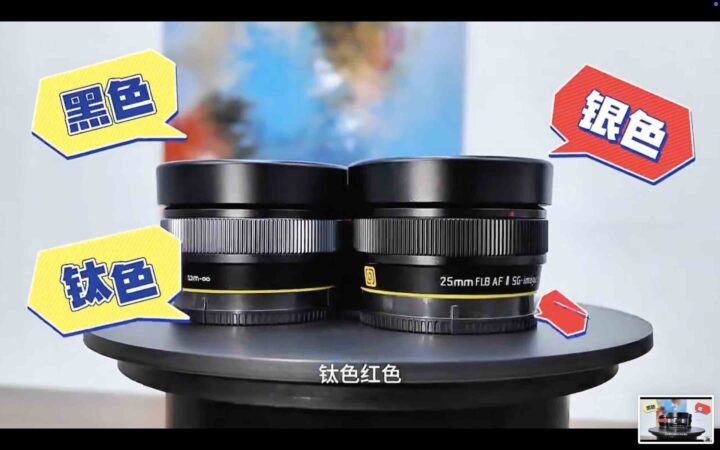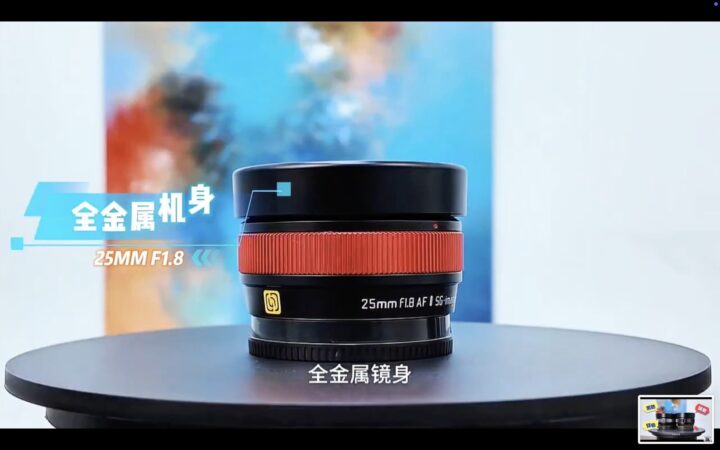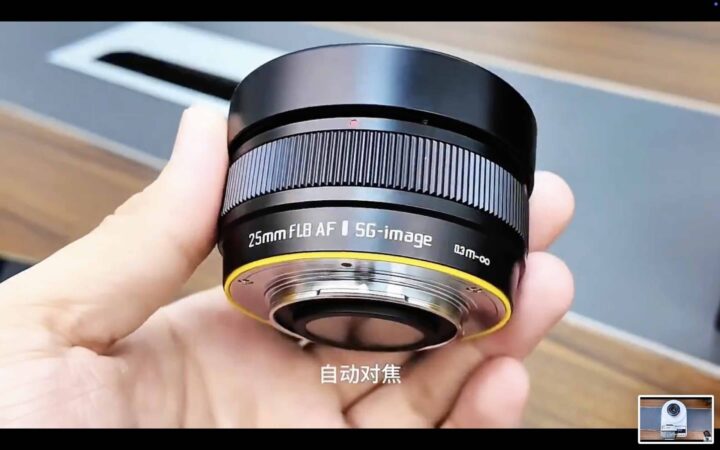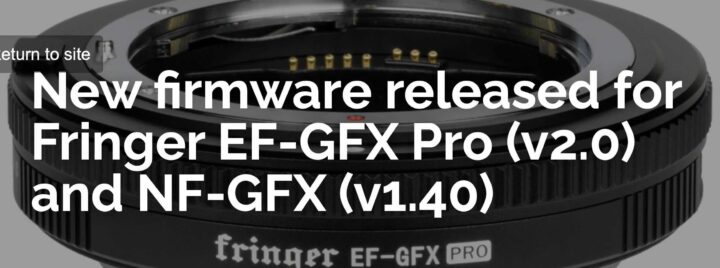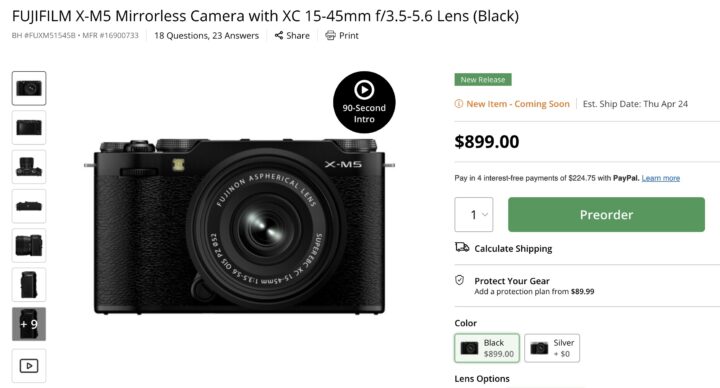
X-M5
Soon Fujifilm will suspend orders for the black Fujifilm X-M5.
But as of now, you can still pre-order it.
In fact, for the first time ever since its announcement last year, BHphoto is taking preorders on the black Fujifilm X-M5.
As of now, you can order the black X-M5 with XC15-45 kit lens, whereas the black X-M5 body only is not yet available for order.
Adorama is taking pre-orders on the black X-M5 body here and black X-M5 with kit lens here.
At Amazon, the silver X-M5 kit is currently the best selling mirrorless camera new release (and 3rd in the overall mirrorless camera ranking) and the silver X-M5 body only is ranked 5th in the same ranking. But the black X-M5 is not available for order.
GFX100RF and X100VI
Also the Fujifilm GFX100RF and X100VI are subject to order suspension.
But at BHphoto you can still pre-order the Fujifilm GFX100RF, whereas you can no longer place orders on the X100VI.
Also Adorama still takes orders on the GFX100RF here and X100VI here, whereas Amazon is not taking anymore orders since shortly after launch and Moment has closed pre-orders for GFX100RF already.
Order Suspension Coming and Price Increase
We told you that Fujifilm is about to suspend all orders for Fujifilm X-M5 black, GFX100RF and X100VI. You can read the article here.
Given the enormous tariffs, also a price increase is likely, but I have no details on that.
I don’t know if GFX100RF and black X-M5 units have already reached US soil before the tariffs. If they did, then it is very likely the only batch of cameras US residents will be able to get at regular launch price.
It might not be a bad idea to order now at regular price and hope to get it shipped by April 24, which is when the GFX100RF and X-M5 black should start shipping.
Second Hand Prices
The only good thing of all this mess, is that very likely second hand prices will go up quite a bit. So if you were planing to sell some gear, soon you should be able to sell it at a higher price.
But that’s a very meager consolation, considering that for many camera stores, especially the smaller ones, these tariffs might represent an existential threat.


